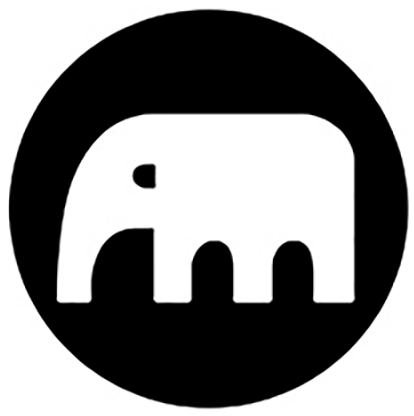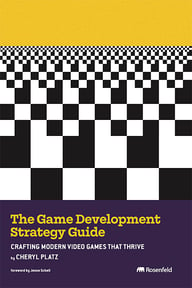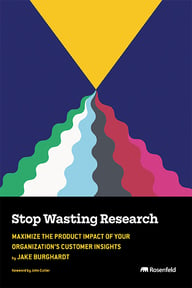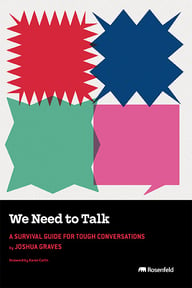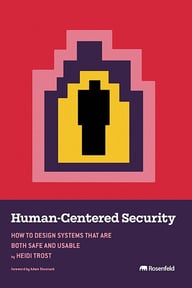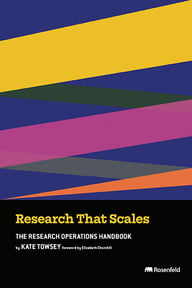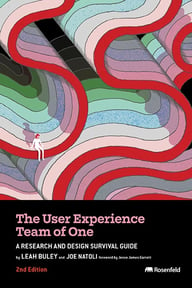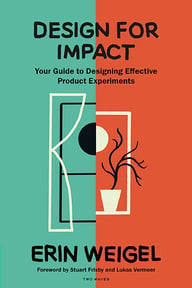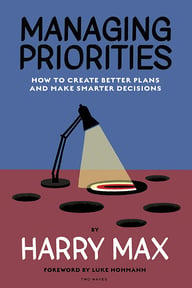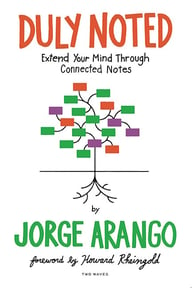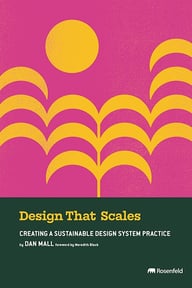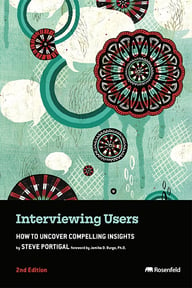Summary
The most iconic products and designs aren’t created in a sprint—they’re deeply influenced by and evolve with culture. Cultural insight techniques—when applied inclusively and non extractively—unlock powerful opportunities and fresh perspectives, transforming our work from useful to truly impactful. We’ll inspire you to integrate these methods into your product and UX work, helping you understand when to use them and how to communicate their transformative value to your teams.
Key Insights
-
•
Many people engage with games without identifying as gamers, a critical insight that reshapes product design.
-
•
Neighborhood immersion fosters fresh, tacit knowledge by unstructured exploration of loosely related environments.
-
•
Spatial design and aesthetics communicate inclusion or exclusion, directly impacting user experience and community belonging.
-
•
Not preparing too rigidly for field immersion enables asking naive questions that uncover overlooked insights.
-
•
Reflective learning after fieldwork sharpens perception and reveals new hypotheses to test.
-
•
Conversational analysis leverages natural language processing to analyze thousands of messages, scaling qualitative research effectively.
-
•
Streaming viewers multitask in varied contexts such as commuting and cooking, indicating the need for audio-optimized features.
-
•
Classifying community roles—lurkers, co-creators, community seekers—helps tailor platform features for diverse user engagement.
-
•
Simple, memorable taxonomies and vivid visuals effectively translate complex cultural findings into actionable product guidance.
-
•
Combining qualitative immersion with quantitative conversational data amplifies human understanding and mitigates biases.
Notable Quotes
"Gaming is often framed as this sort of subculture that only gamers do."
"Everybody plays games whether they self-identify as a gamer or not."
"Culture is the stories that we tell both ourselves and other people about who we are."
"By embedding themselves in environments, the product team underwent a fundamental shift in perspective."
"Neighborhood immersion is an unstructured exploration of a place loosely related to your topic to stimulate thinking."
"It’s really great to have no scripted approach because it lets you ask what some might call dumb questions."
"Reflect on what you experienced internally and externally to sharpen and reveal new insights."
"Conversational analysis is not about replacing human understanding, it’s about amplifying it."
"We made a taxonomy of streaming participants using food metaphors: snacks, main meal, side dish."
"Translating complex qualitative findings into simple, visual frameworks is critical for making your work stick."
Or choose a question:
















More Videos

"Designers are often perceived as high risk to the business, which conflicts with healthcare’s safety-first mindset."
Carol MassaDesigning Health: Integrating Service Design, Technology, and Strategy to Transform Patient and Clinician Experiences
December 3, 2024

"If we’re not able to talk about research as a basket of potential investments driving innovation or de-risking decisions, maybe we don’t deserve a seat at the table."
Chris GeisonWhat is Research Strategy?
March 11, 2021

"Making images and text more legible over complex backgrounds is both a tactical design and accessibility challenge."
Elizabeth ChurchillExploring Cadence: You, Your Team, and Your Enterprise
June 8, 2017

"Sometimes you just have to plant a flag and say this is what we can do, even if the math and boundaries are complicated."
Victor Lombardi Ted Booth HK Dunston Andrew OtwellBridging Design and Climate Science
February 14, 2024

"I wanted to create a model that let us rapidly increase our value within the business."
Catherine BlizzardUsing Integrated Insight to Drive Growth
March 10, 2022

"Women are more likely to die in car crashes because crash test dummies are not designed with women in mind."
Dr. Jamika D. Burge Mansi GuptaAdvancing the Inclusion of Womxn in Research Practices
September 15, 2022

"The conference is a single track, so everyone listens to the same content together, fostering community focus."
Rachael Dietkus, LCSW Victor Udoewa Jennifer StricklandEverything You Need to Know about the Civic Design 2022 Call for Presentations
May 17, 2022

"Psychological safety is the felt permission for candor — permission to be honest without fear of negative consequences."
Alla WeinbergWorkers Are Sick of Change: The Cure is Psychological Safety
June 6, 2023

"If it didn’t come from Amazon or Costco, I probably don’t own it because I know the experience will be consistent."
Sam ProulxOnline Shopping: Designing an Accessible Experience
March 28, 2023
